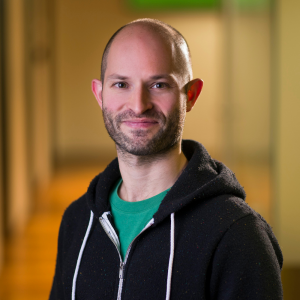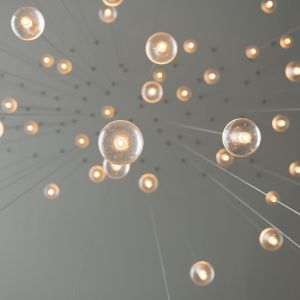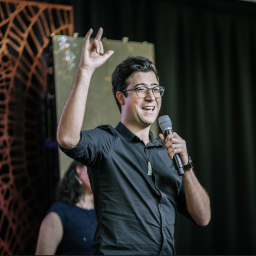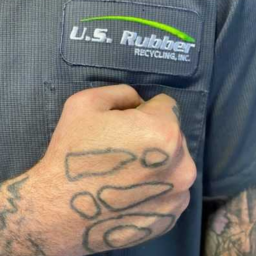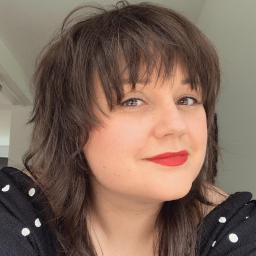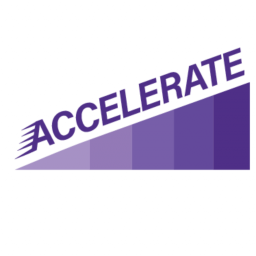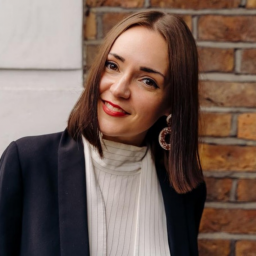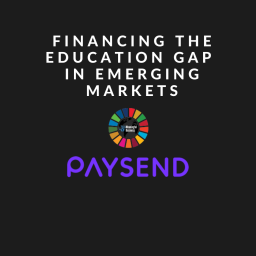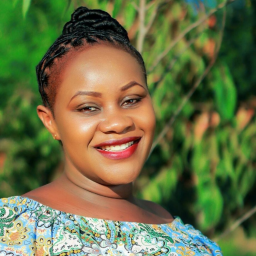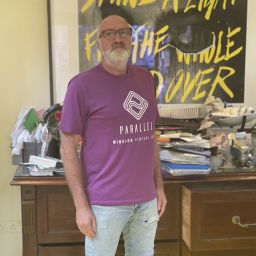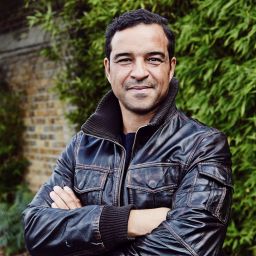Public empowerment was high on the agenda at COP26. It was even given its own day – 5th November. However, while youth, gender and indigenous populations are firmly on the programme, events to discuss disability were few and far between. In light of this, we have to ask: are the voices of those with disabilities being heard when it comes to decisions on climate change and sustainability?
Disabled people must be “in the room” to have a voice
COP26 did not have a good start. Israeli Energy Minister Karin Elharrar, who has muscular dystrophy, spent two hours trying to enter the UN Climate Change Conference. Elharrar, who uses a wheelchair and an accessible vehicle, was unable to enter the conference from any of the entrances she was taken to. She said: “I went to the international climate conference to promote the joint struggle in the climate crisis through meetings with my counterparts around the world… Unfortunately, that was not possible because of accessibility problems that have no justification in the year 2021.”
It’s not only those in wheelchairs who’ve had problems with access at COP26. Deaf and disabled journalist Liam O’Dell took to Twitter to voice his concern over the lack of sign language interpreters. Marianne Scobie, Deputy Director of the Glasgow Disability Alliance, was unable to attend the Blue Zone, as although she was granted a pass, her support person was not. Scobie said: “I would have loved to have been part of the delegation this week. If I’d been able to trust that my basic access needs would have been met, I would have been there. When disabled people are not visible and included, decisions are taken without consideration of our needs.”
This lack of accessibility and the general feel of exclusivity reported at this COP summit, goes completely against the UN Sustainable Development Goal: Leave No One Behind. Diane Lightfoot, CEO of Business Disability Forum writes: “This is what happens when the right voices and right lived experiences are not in the room. By simply involving disabled people from the start, we design out road bumps (literally in this case) and create a better experience for everyone. Surely in 2021, inclusive and accessible design should be something that happens by default?”
Disability and the climate crisis
Disabled people are on the frontline of the climate crisis. Moira Tasker, CEO of Inclusion Scotland, said: “Extreme weather, floods and heatwaves can be catastrophic for some disabled people. These are the people in our society who are already more likely to be marginalised by poverty, less likely to be evacuated safely, more prone to health risks and struggle to get insurance that protects their homes.”
A study by the Pacific Disability Forum (PDF), found that people in the Pacific with disabilities are barely included in climate action. This is due to a lack of funds, awareness, accessibility and privacy. A factsheet published by the IDA, UNHCR and IDMC states that 80% of people with disabilities live in low and middle-income countries, many of which are highly climate vulnerable. The factsheet highlights that there are high rates of people with disabilities living as refugees in low-income countries who are at risk of being excluded from disaster preparation.
Exclusion leads to bad design
Sustainability is not just about the environment, but all the people living in it. When those with disabilities are not involved in the conversation, actions designed to protect the environment can end up doing harm to those living within it. One example is the plastic straw debate. While switching plastic straws seems to be an easy “win” in environmental terms, for some disabled people they are a basic need. The banning of plastic straws, which was heralded as a significant step in the fight against plastic, completely ignored the fact that for some disabled people, a plastic straw is a lifeline, and the alternatives just don’t stack up.
Another example of where disabled people have not been considered in the design of climate solutions is in the expansion of London’s Ultra Low Emission Zone (ULEZ). This will have a “brutal impact” on thousands of disabled motorists, says Kush Kanodia, disability rights activist and ambassador for Disability Rights UK. There are currently limited exemptions for disabled people, leaving many of them – and their care and health workers, personal assistants and carers – forced to pay the £12.50-a-day charge every time they use a car. There are almost 250,000 Blue Badge holders within London and campaigners are calling for Mayor of London, Sadiq Khan, to grant them an exemption from the ULEZ charge.
Global Disability Innovation (GDI) Hub is a research and practice centre driving disability innovation for a fairer world. Iain McKinnon, Director of Inclusive Design believes there is “an untapped resource in the nexus of climate resilience and disability inclusion: inclusive design.” Applying a “lens of disability” to the design and planning of sustainable, urban built environment and infrastructure has “a crucial role in a more equitable and resilient future and will ensure marginalised groups are not left behind.” He believes in breaking down siloes and making sure that disabled people are active participants in the conversation.
This was discussed at length on 11th November at a COP26 GDI Hub event – “Disability, Resilience and Inclusion in our Cities – inclusive design and community-led urban solutions for disability-inclusive climate resilience”. This set out an agenda for how to ensure that the 1.2 billion persons with disabilities globally can achieve their full potential, on a healthy and sustainable planet.
What can we do?
There are many ways we can make sure we include those with disabilities in the conversations on solutions to the climate crisis.
Here are some of the steps you and your business can take:
1. Listen to and include disabled voices.
2. Partner with groups that represent disabled voices.
3. Make your workplace accessible so that disabled people can have a voice within it.
4. Think carefully about the implications for all when designing sustainable solutions.
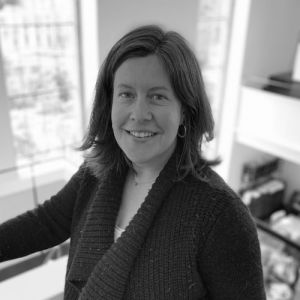


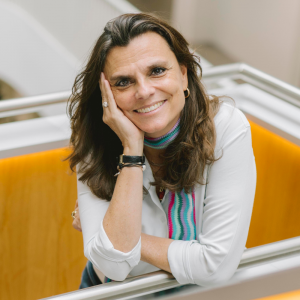
![Introducing Accelerate - Working Together for Disability Inclusion Accelerate_social_tile_1d[4]](https://meaningful.business/wp-content/uploads/2021/03/Accelerate_social_tile_1d4-300x300.png)
